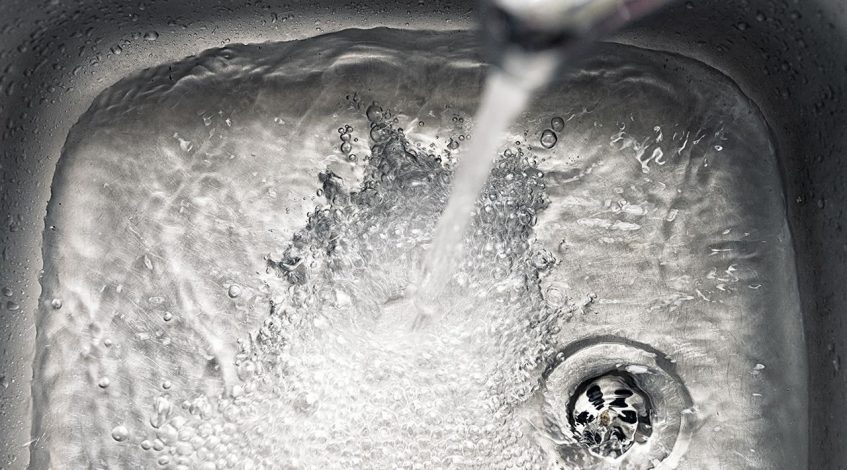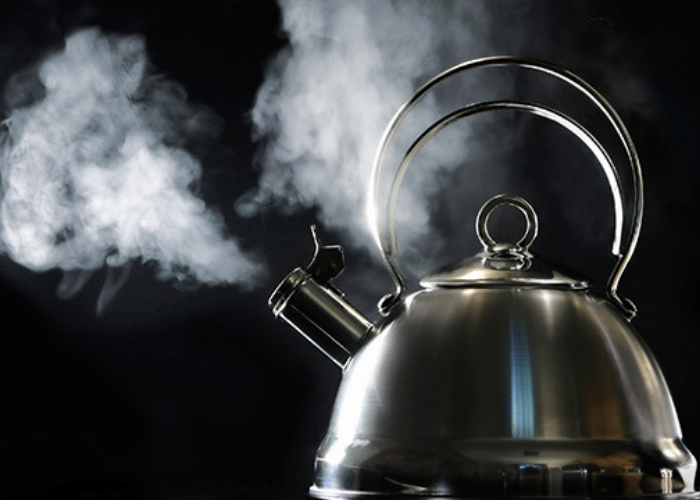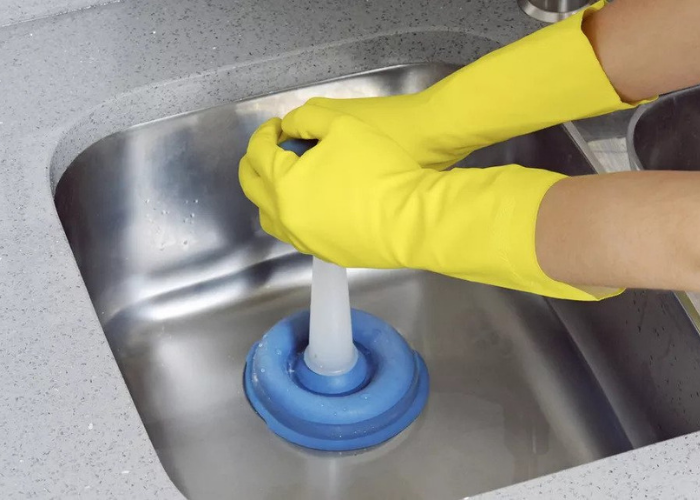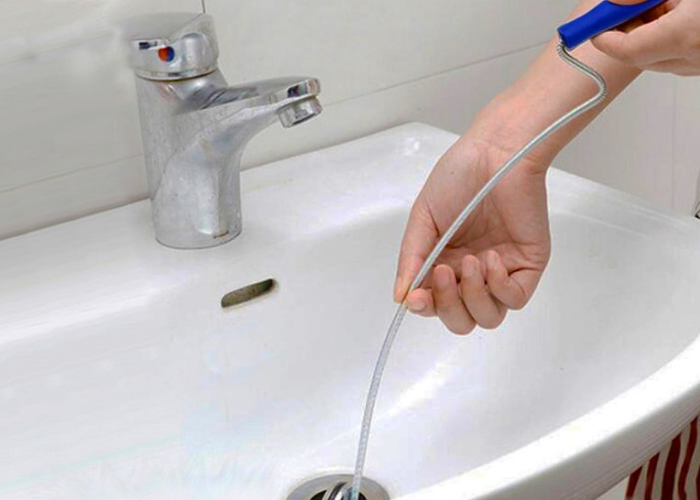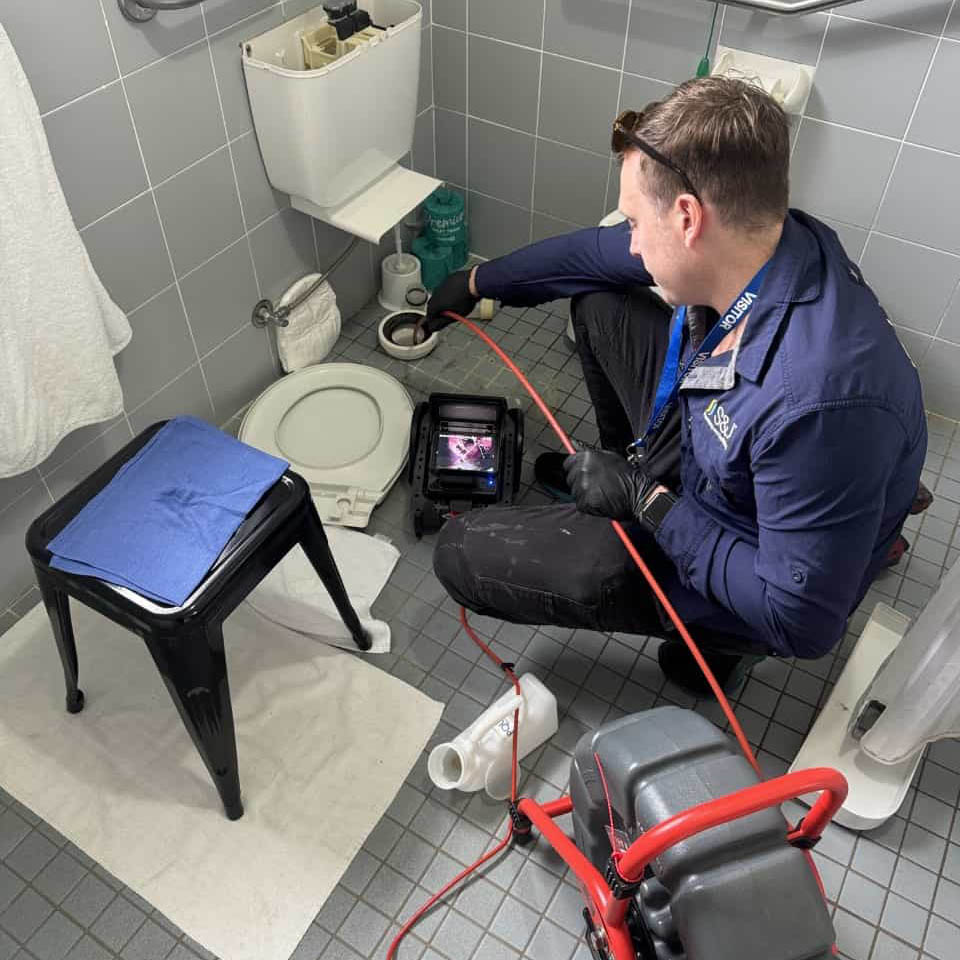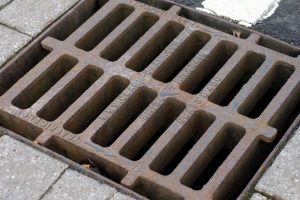Perhaps the most common reason people call a local plumber is blocked drains. So if you’ve arrived here after searching how to clear a blocked drain, you are certainly not alone!
Regardless of the location, drains can get blocked for several reasons. Some of the reasons for you needing to unblock drains at your place include ageing and broken pipes, an excessive amount of hair within the shower drain, and too much paper and sanitary items being flushed down the toilet. Some clear signs of the problem are unpleasant drain smells, extremely high or high water level in the toilet, gurgling sounds, and drains that overflow. Once you have discovered a blockage, you need to think about how to unblock drains yourself or hiring a drain specialist.
A blocked drain is not just disruptive, it’s a threat to your property, as any sudden overflow of water can cause massive damage. It is therefore important to rectify the situation as soon as possible. To make things easier for you in this regard, we have highlighted some tips on how to solve the problem of blocked drains according to recommendations from the best plumbers.
Use boiling water for flushing
Boiling water is one of the simplest and handiest ways to go about unblocking drains. While it is not a guaranteed means of clearing huge blockages, boiling water will help clear any minor blockages out of your slow-operating drain. This is best for sinks showers and floor drains. We don’t recommend this for ceramic toilets which could crack due to extreme temperature changes.
We advise that you take caution while flushing your drain with boiling water. This method is most effective for metal pipes, as extremely hot water can cause melting or softening of joints in PVC pipes. But, in a situation where you are in doubt about the best method for unblocking drains, use warm water or at least water that has a similar temperature to that produced by your hot water tap. If you’ve boiled the kettle then let it cool for a minute before you pour it into your sink drains.
Give liquid drain cleaners a try

You will find several commercial drain cleaners on the market. But take note that some cleaners are strictly designed for specific kind of blockages. In fact, most plumbers recommend that applying a commercial drain cleaner should be the last DIY option. Nevertheless, if a minor issue is responsible for your drain blockage, you can develop your own organic drain cleaner. All you need is some baking soda, vinegar, and boiling water. The process is simple, requires little effort, and is even environment-friendly. The method:
- Get a cup of baking soda and pour it down the blocked drain.
- Now pour in two cups of near boiling water and leave the drain for a few minutes.
- Then, pour in a cup of baking soda before you add a cup of white vinegar.
- Now, immediately plug the drain. Within a few seconds, you should hear a fizzling sound from the drain before some bubbles are formed.
- Once the bubbles recede, put in an additional two cups of near boiling water. If need be, repeat the process.
Use a plunger to unblock a drain
How to plunge a sink drain
You can also free up your blocked drain by using two kinds of plungers. The first one is a cup plunger. Cup plunger possesses a flat rubber suction cup at the base. It is designed for sinks, showers, drains with flat surfaces, and baths. Also, with a broad enough surface, it ensures a smooth fit to cover the drain hole.
By plunging a drain, it will use the forces of compression and suction to unblock it. So, whenever the plunger is pulled up, it will pull water within the drain upwards and consequently help to loosen anything that is blocking the drain. Once it is pushed down, water will be forced downwards, and as a result, the clog will be forced in the other direction.
While using a cup plunger, endeavour to position the plunger over the drain. In this way, it will cover the opening completely, keeping the seal between the sink’s surface and the rubber plunger cup in place. By applying the push-pull effect, it should break up the blockages – you may even feel it once the clogs are freed since the handle will get easier to pump. Once you have pumped the plunger five or six times, check whether the water is draining away or not – draining water means that your work has been successful. Otherwise, repeat the process. After clearing the blockages, flush the drain with some hot water so as to clear any debris left behind in the main drain line, as this can help prevent any new formation of clogs.
How to plunge a blocked toilet
The second kind of plunger is called the toilet plunger. A toilet plunger comes in two basic types: the bellow plunger and the ball plunger. However, both plungers have a rubber base and longer handles to fit the size and shape of the trap opening within the toilet bowl. A ball plunger is made with an extra piece of rubber called a flange – this helps the ball plunger to develop an adequate seal. A bellow plunger is also made with a flange but has an accordion-style cup.
If you want to unblock a toilet drain, apply some up and down strokes to the plunger, then flush the toilet. Once the water is cleared, the toilet has been successfully unclogged. But, in a situation where the toilet begins to overflow, ensure that you close the flapper to prevent the water from getting into the bowl. Now, perform the process again and check to see if the clog has been removed.
Use a drain snake to clear blockages
Sometimes, hair, soap debris, and other smaller clogs may block your drain. If you are sure that this is the cause of your blocked drain, then try using a drain snake, available at the nearest hardware store. Take away your drain protector and clear out any clogs that your hands can reach. Afterwards, push down the drain snake slowly into the drain until you come across a blockage. With patience, bring up all the clogs and flush the drain. Perform the process again and again if need be.
Make sure you are careful while using drain snakes, and take note that they are designed to unclog light blockages only. Misusing drain snakes or using them with excessive force may lead to unexpected pipe damage.
Check the Sink P – Trap
If you are trying to unblock a sink drain, the blockage could be in the pipes underneath. A P-trap is the “P” shaped drain pipe under the sink that creates an air lock preventing drain smells wafting up the pipes. It can often catch debris and build up a blockage. Simply unscrew the P-trap pipe and clean it out. Be sure to clean out the cupboard and put a bucket underneath to catch the water in the pipe when removed.
Advanced Blocked Drain Equipment
When facing a stubborn blockage, experienced plumbers often turn to advanced equipment like CCTV drain cameras. These cameras allow plumbers to conduct a thorough inspection of the pipes, identifying the precise cause and location of the obstruction. By sending a small, flexible camera down the drain, plumbers can see inside the pipes in real-time, which helps them diagnose the problem accurately and plan the most effective solution. You can see the advantage in the photo below where the plumber can see exactly what’s causing this blocked toilet drain in Brisbane and where it is located along the drain pipe (spoiler alert: It was actually a kids toy!).
One of the most effective tools for clearing blockages identified by CCTV drain cameras is the high-pressure water jetter, which should only be used by professionals for safety. This equipment uses powerful jets of water to dislodge and flush away the debris causing the blockage. Unlike traditional methods that might only create a temporary fix, water jetters provide a thorough clean that removes grease, roots, and other tough obstructions. This method not only clears the immediate blockage but also helps prevent future issues by thoroughly cleaning the pipes.
In cases where the blockage is due to damaged or collapsed pipes, traditional methods would require excavation to replace the broken sections, which can be both disruptive and costly. However, a modern and less invasive alternative is pipe relining. This no-dig technology involves inserting a resin-coated liner into the damaged pipe, which is then inflated and cured to form a durable new pipe within the old one. Pipe relining restores the structural integrity of the pipe without the need for extensive digging, making it a more convenient and cost-effective solution for repairing damaged drains.
Are your drains still blocked or not coping?
Sometimes the signs of blocked drains are obvious. However, there are times when you encounter plumbing issues that have you wondering if your drains blocked, or are they simply not coping with the demands placed upon them? Understanding the difference between the two can help you take the appropriate steps to address the problem and prevent future complications.
Drains that are not coping may be struggling due to inadequate capacity or poor design. This is especially the case for stormwater drains that backup up and overflow in rain events. Is your storm water system is adequate and leaving you will pooling water around your home? In this case it may not be blocked drain clearing you need, but rather a new stormwater drainage solution such as a stormwater pit or french drain installation.
The Verdict
Although you can do some minor maintenance work to unblock your drains at home, you will need professional blocked drain plumbers in the event of major or very problematic issues. Plumbing professionals are highly experienced, and they work with many types of specialised equipment that can correct drain blockages effectively with the smallest possible disturbance. Our experienced network is ready to assist with:
- Brisbane blocked drain cleaning
- Drainage solutions in Sydney
- Unblocking drains in Melbourne
- Gold Coast drain cleaning services
- Unblocking drains in Newcastle
When it comes to all things drainage, right across Australia, Best Plumbers Club has you covered. Reach out today for fixed price services from top rated drain plumbing specialists!

